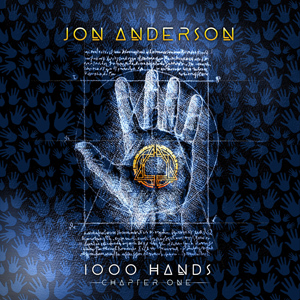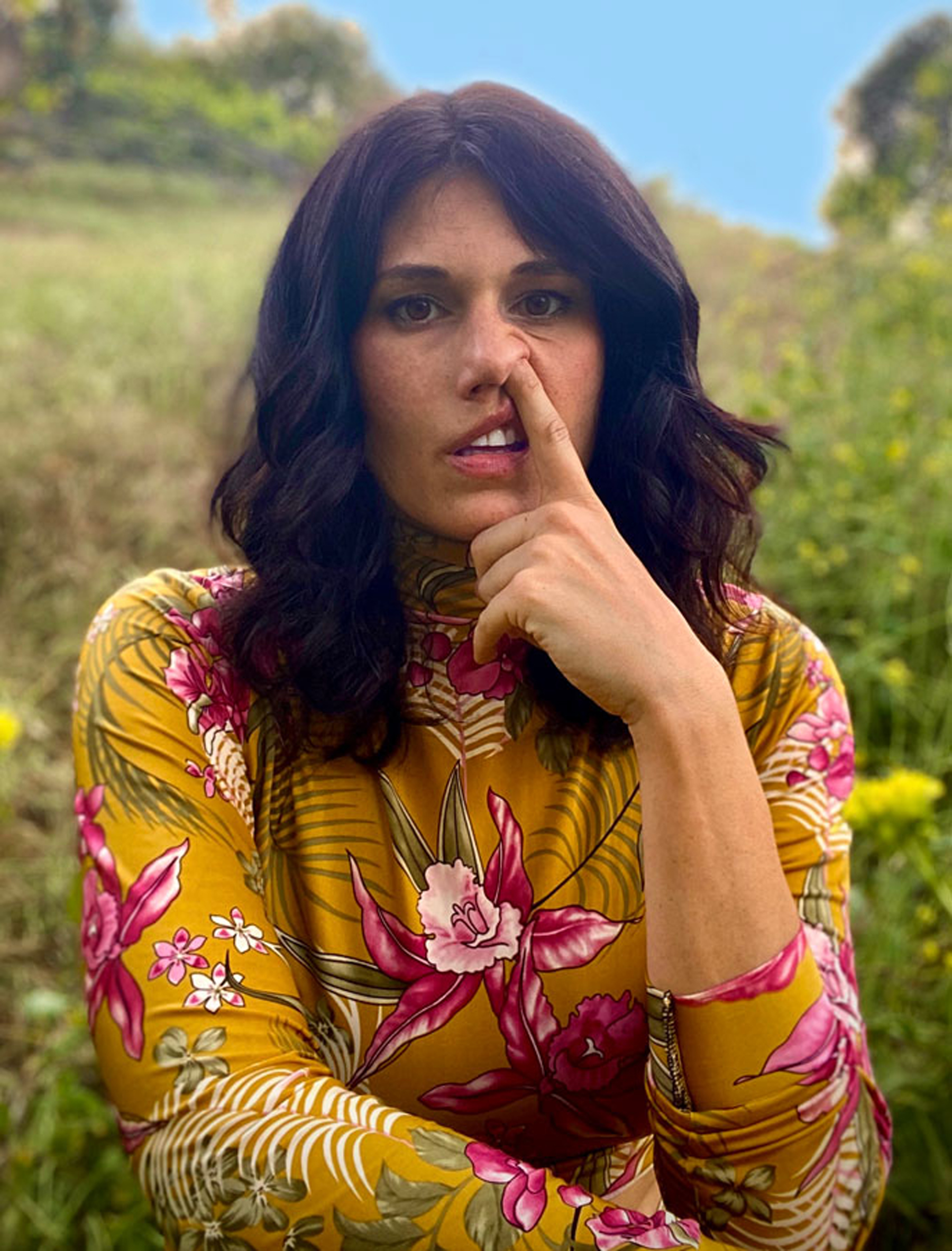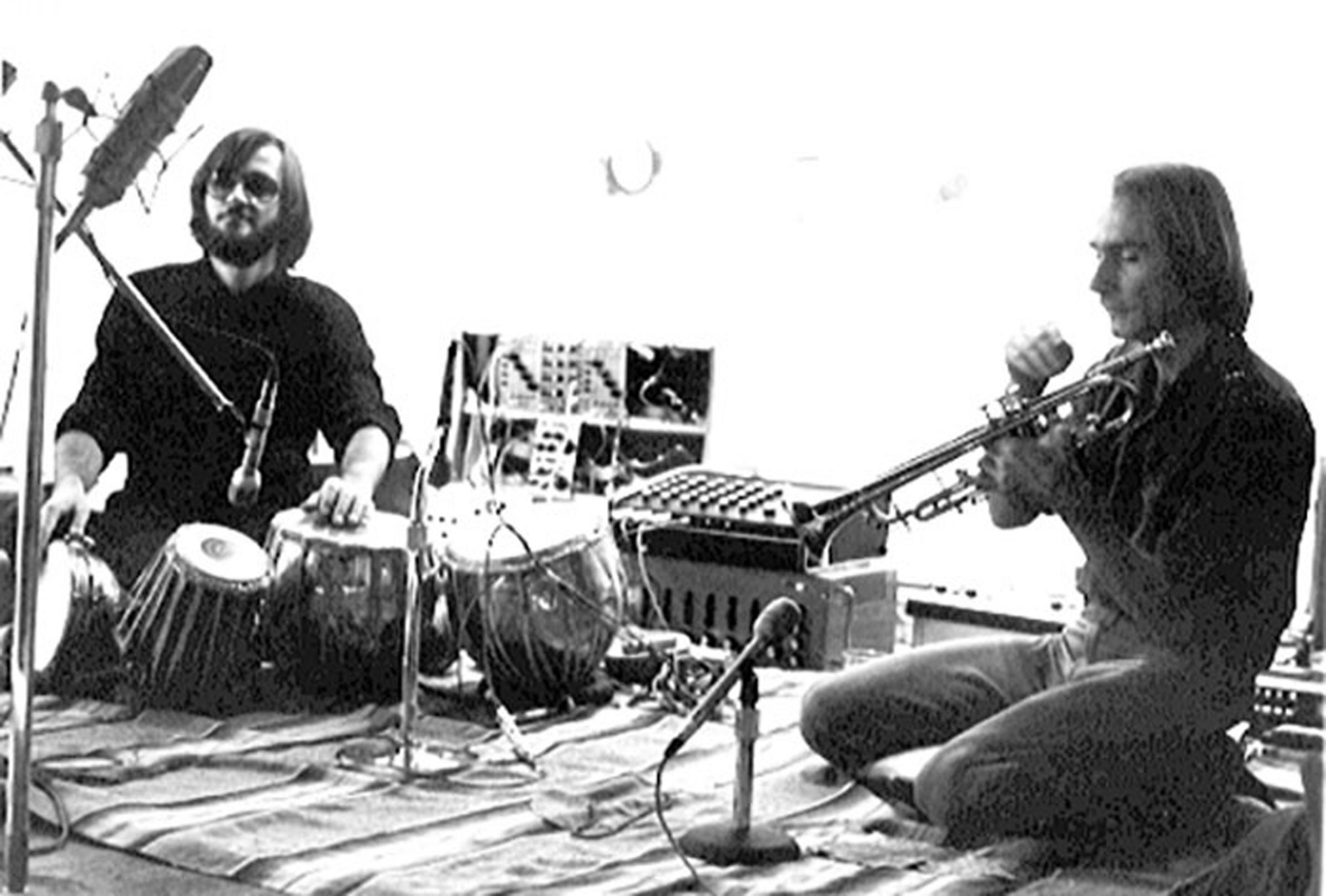(RBG FILMS/CLUMSY TIGER PRODUCTIONS/LOADED IMAGE ENTERTAINMENT (85 minutes; Unrated); 2020)

Without a doubt, this is one of the silliest movies I have ever seen. HAWK AND REV: VAMPIRE SLAYERS aims to be a kind of cross between DUMB AND DUMBER and THE LOST BOYS, in that it focuses on two very dim-witted friends, Hawk (Ryan Barton-Grimley) and Rev, his vegan-hippie space cadet counterpart (Ari Schneider) who are sure their town of Santa Muerte, California is being plagued by vampires. They wisecrack about everything, assemble a plan to take on the bloodsuckers that may or may not include the eye patch-wearing tough guy Jasper (Richard Gayler), and find time to parody other, better-known films such as FROM DUSK TILL DAWN. In fact, when former security guard Hawk tries to make a point about predictability to his clueless friend, he rattles off a long list of quotes from classic movies that Rev shows unblinking ignorance of. It’s a preposterous scene, and yet, it did sort of make me chuckle. So did a brief chat about how yes, you can still rent DVDs in some places, and seeing a trio of punk rockers mistaken for vamps (one of whom is a black leather covered gimp in an homage to Tarantino’s PULP FICTION… silent, but shown eating popcorn in one scene). The low-budget movie eases into its absurdity at first, with most of the budget apparently spent on some gory scenes that are over the top a la Monty Python. But by the final half hour, it simply goes all in on complete and total idiocy that, if you’re in the mood for it, will possibly give you giggle fits. The film is like an ego project for some college students making their magnum opus, probably stoned for most of the production. Weirdly, though, the acting is decent in a self-indulgent way, and Barton-Grimley is no newcomer. He’s been in the business for years, and I recognize him from one or two TV projects I can’t recall the names of. He’s obviously having a great time here, sending up every cliche in the world of vampire and crime investigation type films. The two leads are joined by a female writer named Theo (Jana Savage), who comes across as though she were doing little more than helping a couple of pals. And a bit of extreme gore in that last half hour will make college students chuckle, perhaps, but likely won’t be of much interest to anyone else.

I thought at first of including some of the more comical lines of dialogue in this review, and decided against it. The pace of this film is frenetic, and it wears its willful stupidity proudly, honestly wanting to be a throwback to the ‘80s on almost every level. There is an audience for this kind of movie, just as there was for DUMB AND DUMBER, although that one was art compared to the slim production values of this thing. And yet, its gleeful dedication to a brainless aesthetic is admirable. I DID actually laugh a few times, and once I realized that nothing serious was going to happen and the “stakes” (pun intended) would remain low, I could appreciate the lack of pretension here and the high number of ridiculous scenes. But forget all about stuff you’ve seen before like BUFFY THE VAMPIRE SLAYER if you watch this. That Joss Whedon show is like MASTERPIECE THEATRE compared to Hawk and Rev’s exploits. Describing the plot beyond what I’ve already said is pointless. These “vampire slayers” are just wanna-be’s, lug-headed friends whose main purpose is to send up a couple of time-worn genres. They do that moderately well at times, but any expectations at all for this film beyond indulging in some extreme silliness, are likely to result in head shaking and exhaustion. And yikes, it looks like a sequel dealing with werewolves is out there. You gotta be howling mad to make a franchise out of this stuff.

































